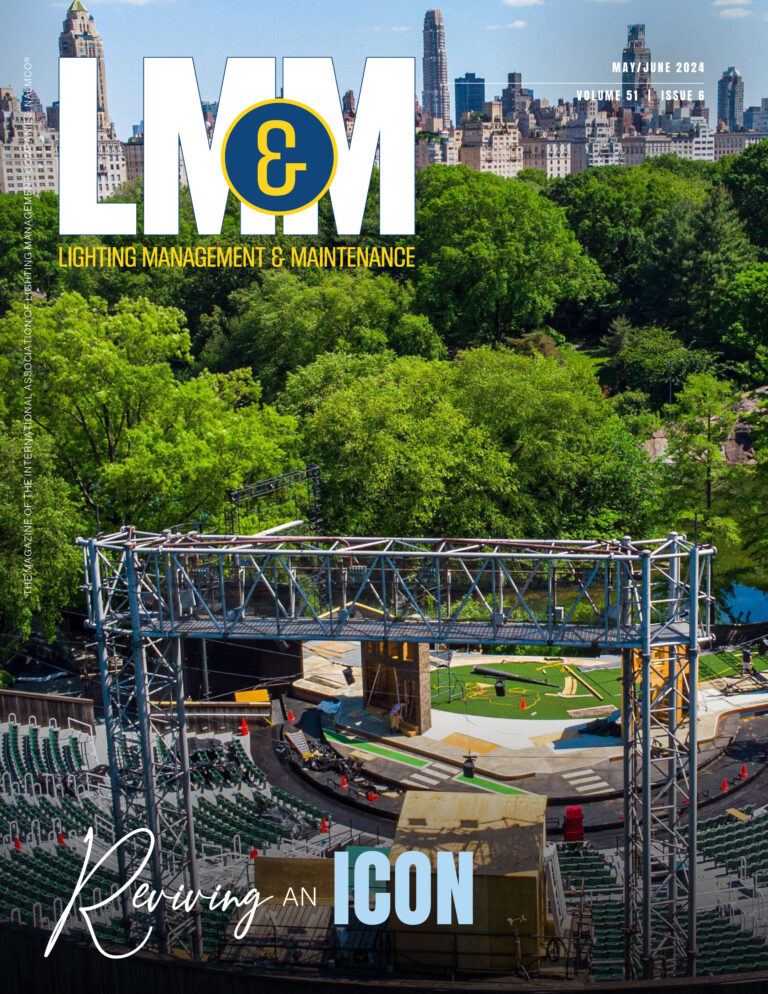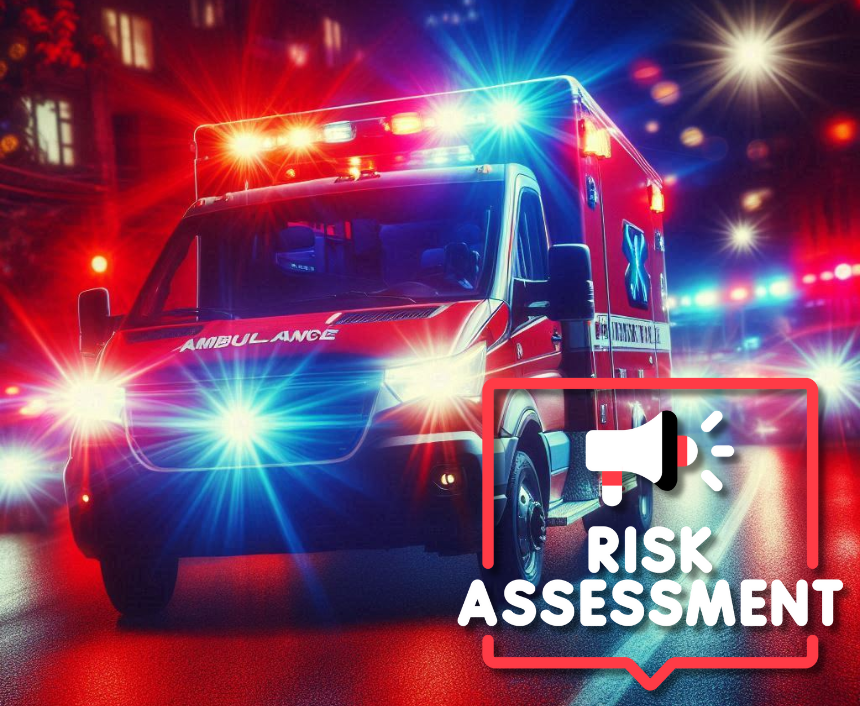Shining a Light on LED Hazards
Mark Baker’s Battle Against High Powered LEDs and his Crusade for Safer Illumination
In February, your humble editor interviewed a very determined Mark Baker, the founder of The Soft Lights Foundation. Mark discussed his battle against high Powered LEDs, explaining that if an LED product causes harm, it should be removed from the marketplace. He explained, “Harm includes seizure reactions, impaired vision, interference with cognitive functioning, brain fog, fear, anxiety, melatonin suppression, suicidal ideations, etc…a product that causes harm, even when used as directed, is a legally defective product.”

Mark shared his journey from a middle school math teacher to an advocate battling against high-powered LED lights. Mark’s struggle with sensitivity to LED lights, which culminated in a mental breakdown and a subsequent autism spectrum disorder diagnosis, led him to establish the Soft Lights Foundation. His mission is to address the adverse effects of LED lights, particularly their high blue light content and excessive luminance, which he argues can be harmful to people with certain neurological conditions.
According to Mark, incandescent and certain low-luminance LED lights are tolerable, but high-powered blue LEDs are overwhelming and can cause serious health issues, including migraines, seizures, and other neurological symptoms. His foundation’s primary goal is to push for federal regulations to limit the intensity and blue light emissions of LEDs, especially in vehicle headlights, streetlights, and other public lighting.
“I couldn’t tolerate them. They were so abusive to me, and unfortunately, I ended up having a mental breakdown in 2019 because I just couldn’t neurologically tolerate this light,” Mark explained during the interview. “I was unable to go back to teaching. And so I just dedicated myself to learning how this light works, and as part of that process, created the Soft Lights Foundation.”
Automotive lighting seems to be his main issue. When we spoke in February, he explained, “LED Televisions now are at, 10,000 candela per square meter. Well, you want to guess at how high the Candela per square meter is for an LED chip for car headlights? It’s 70 million+ Candela per square meter.”
He has worked with US Representative Mike Thompson of California, who has taken the lead on demanding that the National Highway Traffic Safety Administration (NHTSA) establish performance standards for LED headlights. He has also worked with Victor Morgan, an engineer who has made in-depth investigations into the NHTSA FMVSS-108 headlight standard and who has collected real-world data on headlight glare. Victor’s discoveries contradict the industry and NHTSA narrative that the reason that LED headlights are so blinding is due to misalignment.
Critique of Current Regulations
Mark highlighted the shortcomings of existing regulations, particularly those set by the National Highway Traffic Safety Administration (NHTSA). He criticized the outdated standards that fail to account for the technological advancements in LED lighting. “Their standards…were developed back when NHTSA was created in 1966 and have hardly been updated since. Technology has changed, and they haven’t kept pace.”
Mark’s frustration extends to the FDA, which he argues is the only federal agency with the authority to regulate LED products but has failed to act. “The FDA is the only federal regulatory agency that has a congressional authorization to publish performance standards for any product that emits electromagnetic radiation,” he said. “All these federal agencies sit there and have said, ‘Well, FDA hasn’t called us, so we’re not going to do anything.'”
The FDA’s Denial of LED Regulation Petitions
On 24 May 2024, the FDA officially denied four petitions from the Soft Lights Foundation, stating that the agency found insufficient evidence to justify the need for new regulations on LED products. The FDA’s response, detailed in a comprehensive letter, emphasized that the available scientific literature does not conclusively demonstrate that LED lights pose significant health risks under typical exposure conditions.
Key Points from the FDA’s Response
- Spatial Non-Uniformity: The FDA found no sufficient scientific evidence supporting the claim that spatial non-uniformity in LED lights causes significant health issues. The agency pointed out the lack of formal, supervised studies on the impacts of this characteristic on human health.
- Spectral Power Distribution: While the FDA acknowledged research indicating that blue light can affect circadian rhythms, it maintained that the evidence does not warrant a regulation prescribing specific color temperature limits for LEDs. The agency suggested that other measures, such as public awareness campaigns, might be more appropriate.
- Chip-Level Peak Luminance and Radiance: The FDA did not find compelling evidence that high luminance levels in LEDs pose a significant health risk. The agency highlighted the absence of documented cases of retinal injury from typical LED exposure and noted that existing standards already address potential hazards.
- Square Wave/Digital Flicker: Although some studies suggest that LED flicker may contribute to headaches and other symptoms in sensitive individuals, the FDA concluded that there is insufficient evidence to support the need for regulation. The agency noted that existing industry standards are likely sufficient to mitigate potential risks.
Mark Baker’s Continued Advocacy
Mark’s advocacy has garnered significant public support, and he claims that a petition on Change.org has amassed nearly 60,000 signatures. Supporters of the petition share personal stories of how LED headlights and other high-intensity LED lights have affected their vision and overall well-being.
In today’s Soft Lights press release, Mark explains the FDA ruling means that all other federal agencies are blocked from publishing regulations for LED vehicle headlights, LED street lights, LED light bulbs, LED flashing lights on emergency vehicles, LED office lights, LED appliance indicator lights, or any other LED product, even if those LED products cause harm.
Last year, I interviewed John Bullough of Mt. Sinai’s Light & Health Research Center and Jack Sullivan, Director of Training, Emergency Responder Safety Institute. In the interview, I quickly confirmed something I already knew: lighting on emergency vehicles at night is too bright, even dangerous. You can watch that interview here.
Mark believes that without intervention by Congress or the Courts, businesses will be forced to develop and publish their own policy for LED products to ensure the health, safety, and civil rights of the public.
Developing…




